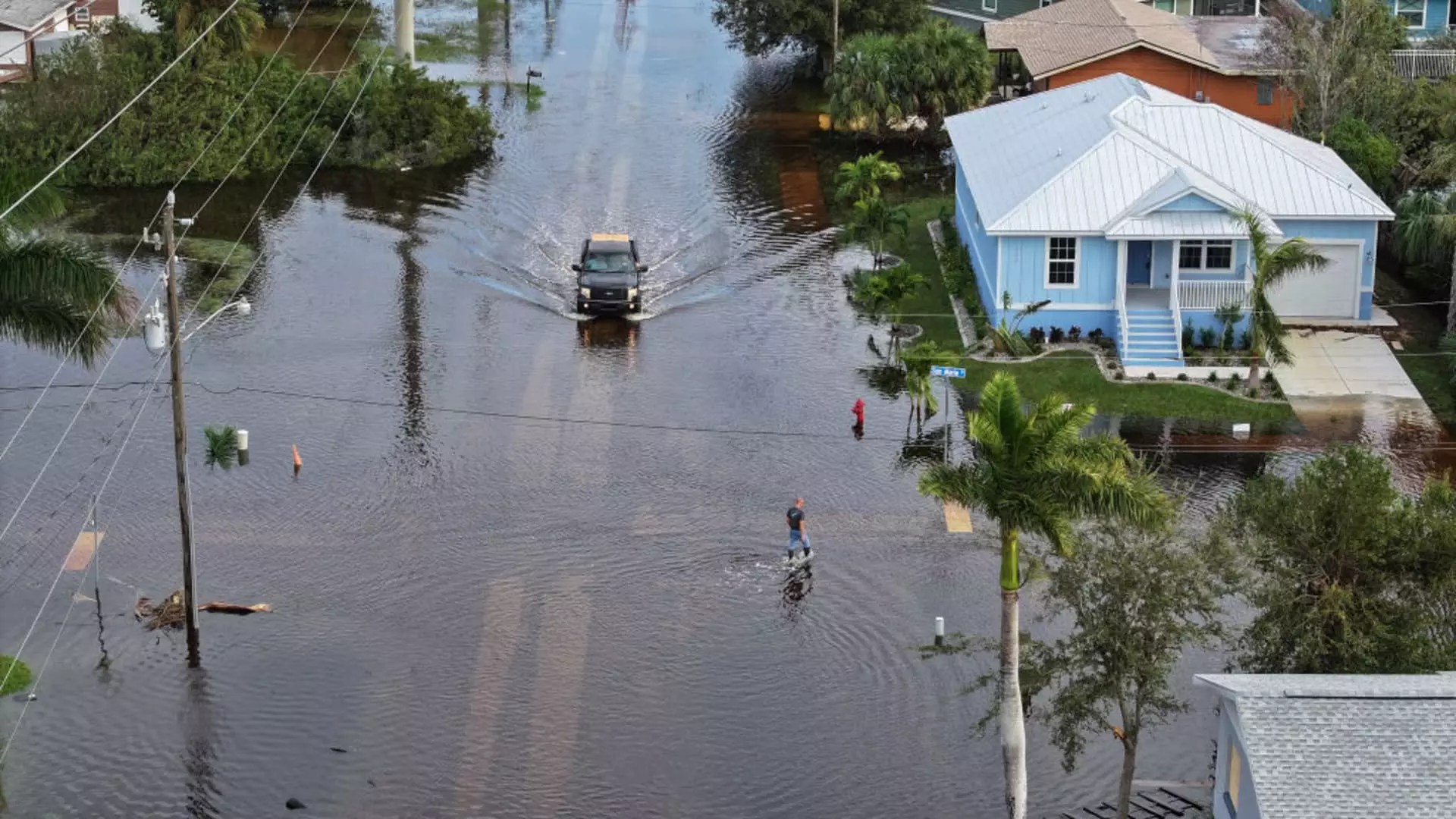As we enter hurricane season—the time of year that inspires a mix of dread and zombie-like preparation among homeowners—it’s essential to look beyond the immediate threat of a storm and review your homeowners insurance policy. Early forecasts from agencies like the National Oceanic and Atmospheric Administration warn of a 60% chance of above-normal hurricane activity in the Atlantic, signaling that this season could be particularly brutal. From June 1 to November 30, homeowners must navigate the treacherous waters of insurance coverage, ensuring their properties are adequately protected against the impending disaster.
Natural disasters like hurricanes are expensive, devastating events; last year’s hurricane season racked up a jaw-dropping $500 billion in damages and economic losses. The weight of that statistic isn’t just a number thrown around; it represents homes shattered, families displaced, and lives upended. Yet, amidst this looming threat, many individuals fail to grasp the seriousness of adequately preparing both physically and financially.
Understanding Your Policy Limits
First and foremost, grasping the limits of your insurance policy is essential. The limit refers to the maximum payout a homeowner can receive from their insurance company in the event of a loss or damage. It is shocking how many people don’t realize that their policy’s limits may not incorporate rising construction costs or recent renovations, which increases the risk of being underinsured. For instance, if your policy limit is evaluated based on an outdated construction cost of $250 per square foot and your home is now worth significantly more, this discrepancy could leave you vulnerable should disaster strike.
Experts emphasize the importance of recalibrating your policy limits, especially as construction labor costs have surged by more than 36% in the last five years. In addition, building material prices have skyrocketed by nearly 43%. Homeowners who neglect this essential component leave themselves in a precarious position, risking financial ruin in the wake of a storm.
A Fine Balance: Deductibles and Premiums
Navigating your deductible options can be another minefield for homeowners. While higher deductibles can offer immediate savings in premiums (up to 12% on average), this decision can be perilous without a clear understanding of your financial capacity post-disaster. For example, choosing to raise your deductible from $1,000 to $2,500 may save you money on monthly payments, but it also means you’ll need to come up with an additional $1,500 should you file a claim.
Furthermore, specific deductibles like wind deductibles can drastically alter your out-of-pocket expenses. If you’re looking at a policy with a 2% wind deductible on a $500,000 home, you could be liable for up to $10,000 in hurricane damages, adding additional stress at a time when financial burdens are most unwelcome. This is a financial gamble that many homeowners may not be prepared for.
Flood Insurance: A Critical Consideration
While many homeowners believe that flood damage falls under the coverage of their homeowners insurance policy, the reality is grimmer. Most plans do not account for flooding—an oversight that could prove catastrophic during hurricane season. Statistics show that flood events cause 90% of disaster damage in the U.S. and warrant serious contemplation of a separate flood insurance policy.
In areas like Asheville, North Carolina, the impact of flooding can be particularly pronounced, as demonstrated during Hurricane Helene. Despite the danger, less than 1% of households in flood-prone regions were covered by the National Flood Insurance Program (NFIP). Individuals often adopt a last-minute mentality about obtaining flood insurance, mistakenly believing they can secure coverage just before a storm arrives. However, it’s crucial to remember that there’s typically a 30-day waiting period for a new flood policy, making early action essential.
Making Informed Choices for Protection
The mindset surrounding insurance should evolve from reactive to proactive. Understanding the nuances of your policy is not just a mundane task; it’s a vital part of safeguarding your financial future during unpredictable and often devastating times. Understanding the types of coverage available, assessing your property’s value, and calculating risks based on geographic and environmental factors can make the difference between financial security and immense fiscal difficulty post-disaster.
With the looming hurricane season and forecasts suggesting increased activity, homeowners must accept their role in proactively preparing for potential catastrophic events. In a world where climate change exacerbates extreme weather, it is not only sensible but essential to ensure our homes—and our peace of mind—are adequately insured. By taking the necessary precautions now, we can face whatever nature throws our way with a sense of confidence and resilience.


Leave a Reply